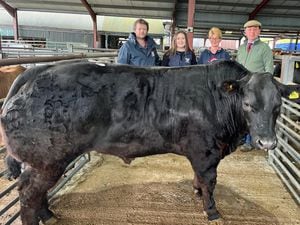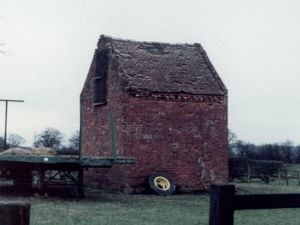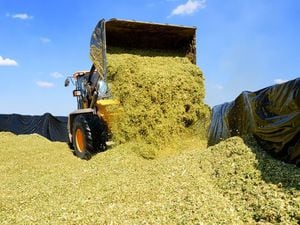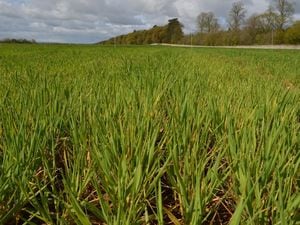Curlews face curtain call unless we help them
A few of us are extremely lucky to have heard the call of the curlew this year.

Today’s curlew population in the Shropshire Hills and Welsh Marches is small, yet it is significant in comparison to tiny populations of curlew elsewhere.
During the last two seasons, with the support of local farmers and landowners, over 30 nests have been closely monitored by cameras and heat sensitive buttons (thermacrons). Chicks have been monitored via radio tags, but none of them have survived to fledge successfully. Most of the nests have been predated at egg stage, mainly by foxes, although a few have been predated by badgers.
We know all this thanks to the work of The Shropshire Hills and Welsh Marches Curlew Recovery Project – Curlew Country – one of 14 projects making up the Stiperstones and Corndon Landscape Partnership Scheme.
In order for the curlew population to remain stable, it would be necessary for curlew to produce, on average, 0.48 to 0.62 fledged chicks per pair per year. Less than a chick per year per pair may seem like a fairly low figure, but the estimated breeding success actually documented across Europe is 0.34 – too low to maintain the population, and resulting in the population declines that are being seen. One report studying breeding curlew in Shropshire in 2016 found that from 21 nests, only three hatched any chicks. None of these chicks survived to fledge.
In 2016, the Game and Wildlife Conservation Trust advised Curlew Country of a similar project being run by Natalie Meyer of NABU in Schleswig Holstein, which was trialling electric fencing around curlew nests. The three nests that hatched were those on which the protective electric fencing was trialled.
While not sustainable in the longer term, this method is now urgently needed to help the project achieve higher egg survival to hatching stage, so that the project can move on to discovering what the chicks need to survive up until fledging.
The call of the curlew evokes an emotional response from those who have heard it but more widespread and pragmatic funding and action will be needed if we want a country in which curlews can thrive. The alternative will be curtain call for curlews outside large, well-managed, mainly upland estates and reserves.
Farmers and land managers are key to sustainability and must be at the heart of any initiative taken to save lowland curlews. To assist the “Curlew Country” please let them have details of any local sightings of curlew, snipe and lapwing.
Tim Main is chairman of Shropshire branch of the Game and Wildlife Conservation Trust.
This email has been scanned by BullGuard antivirus protection.
For more info visit www.bullguard.com
This email has been scanned by BullGuard antivirus protection.
For more info visit www.bullguard.com





